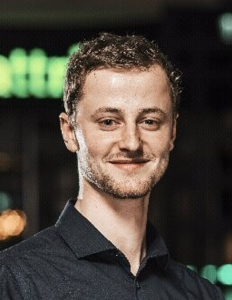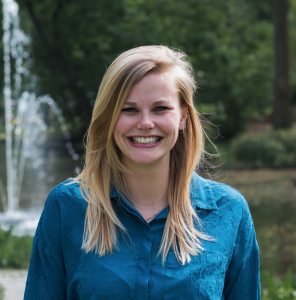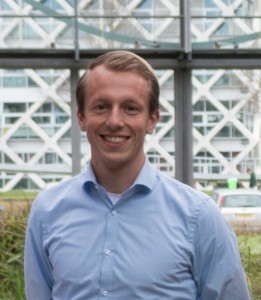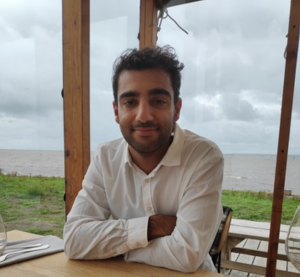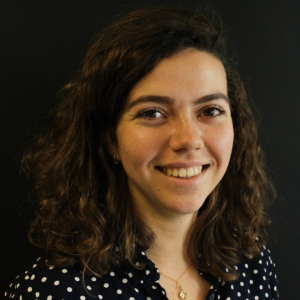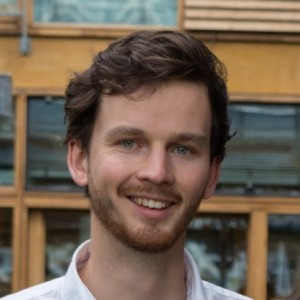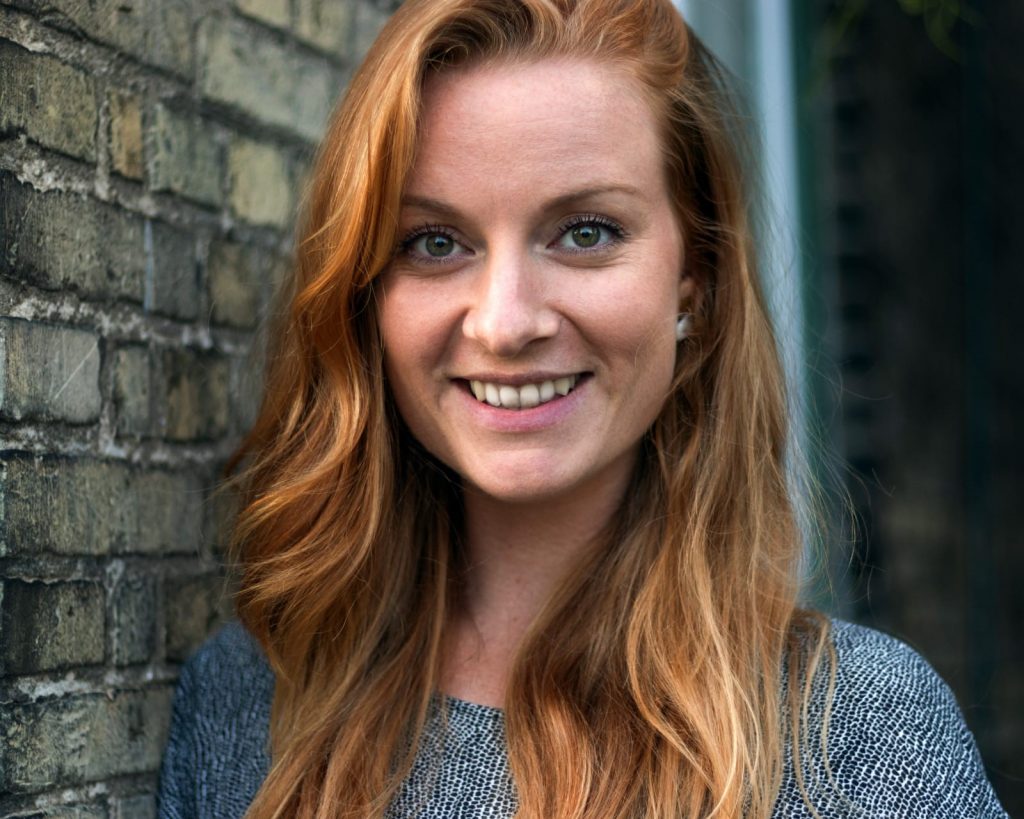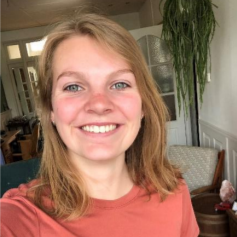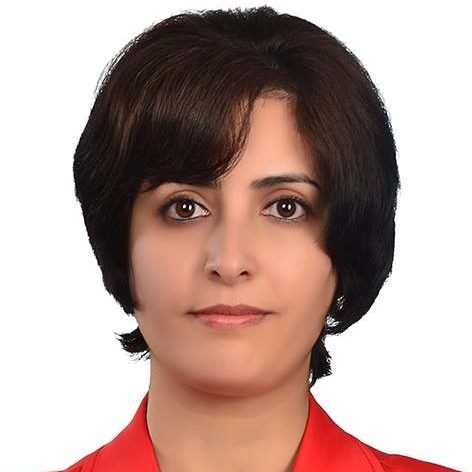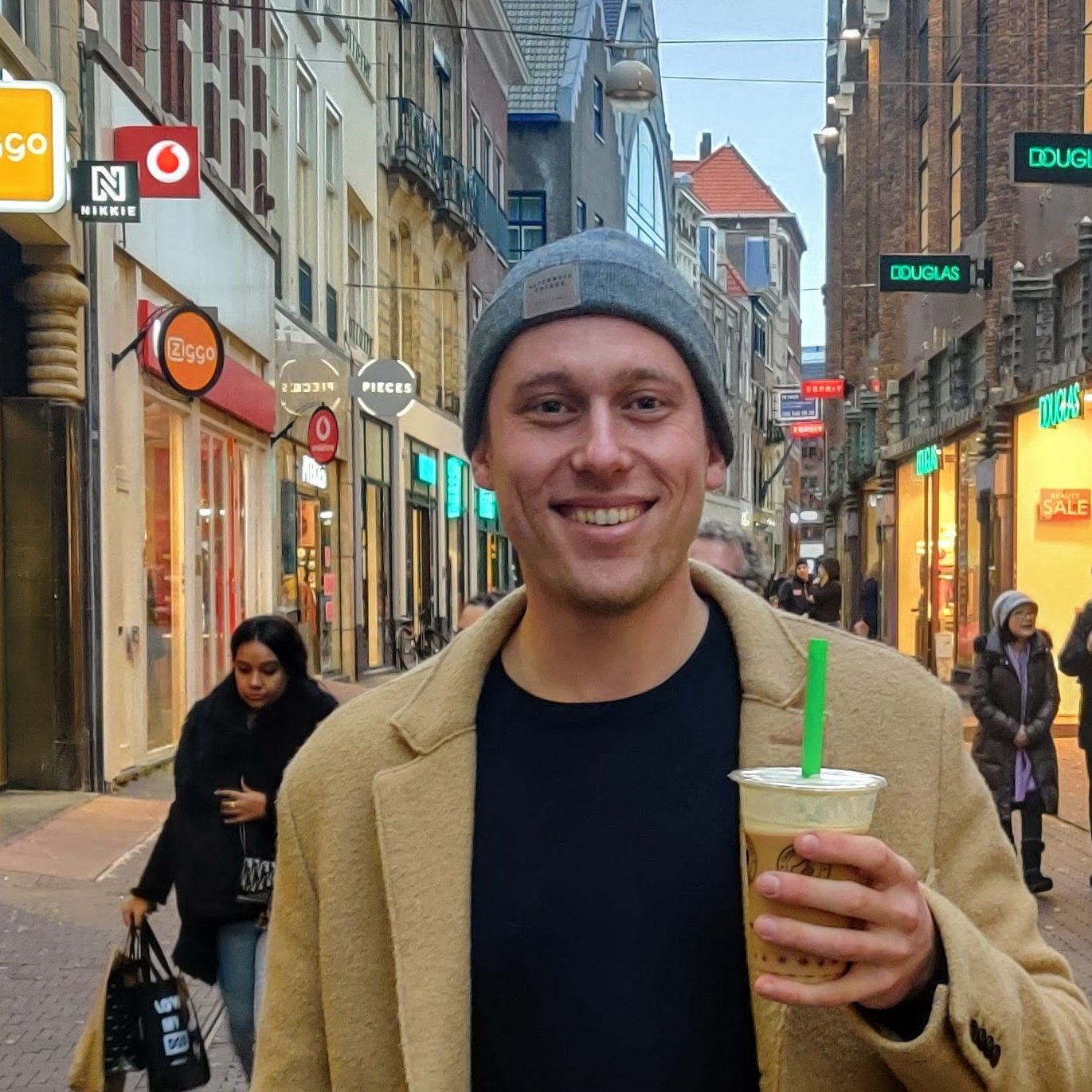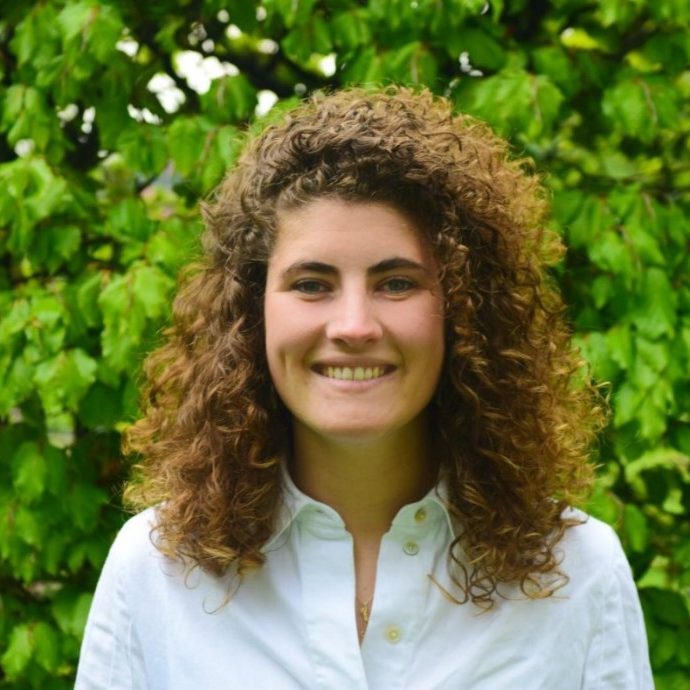Niels Venema
MSc topic: SDSS and the Technical-Communicative Rationale: Communicating Flood Risk Information to Laymen that have Plural Perspectives.
This research investigates how a Spatial Decision Support System (SDSS) that is dedicated to communicate flood risk information can be analytically and communicatively supportive for laymen in flood prone areas that have varying preferences for communication methods. To divide residents into groups, the cultural theory of risk is used, by which residents’ perspectives can be classified into fatalist, hierarchist, individualist and egalitarian. Floodlabel.net, a prototype SDSS that aims to inform residents about their personal flood risk, is used as a case. This research concluded that improvements for floodlabel.net regarding the analytical and communicative support could be beneficial for bringing residents in general and residents from a specific group of cultural theory to action. Yet, a platform such as floodlabel.net should always be assisted by other communication methods for an optimal flood risk communication.
Luuk Louter
MSc topic: Exploring disorder and crime – Modelling the broken window theory for New York City
The broken window theory is one of the most influential, well-documented, and controversial perspectives in criminology. This study aimed to address a lack of a large-scale spatial data analysis. Police complaints and service requests were used to predict serious street crime through perceived disorder, to find the best trade-off between model performance and granularity for different spatio-temporal scales, and best performing machine learning model types. It provided a 3D Kriging random forest model for monthly tabular area crime numbers recording an R2 of 93,0% and MAPE accuracy of 81,0% for out-of-bag data. The best predictors were instances of social disorder.
Megan Visscher
MSc topic: Towards a sustainable urban metabolism: Identifying factors that explain spatial variation in energy and water consumption by households in Amsterdam
The aim of my thesis was therefore to identify which spatial, infrastructural, consumer and sociocultural factors explain spatial variation in electricity, natural gas and water consumption by households within the municipality of Amsterdam. The results illustrate that twelve different factors underlie electricity, natural gas and water consumption. The factors building size, building type, income level and household size predominantly explain spatial variation in electricity consumption by households, whereas the factors building age, presence of district heating and income level are most important for explaining differences in natural gas consumption. Finally, the factors building type, household size and migration history were discovered to be most important for explaining spatial variation in household water consumption.
Mick Visser
MSc topic: Creating a user-centric assessment framework to assess Spatial Data Infrastructures for Crisis Management
While crisis management and Spatial Data Infrastructure [SDI] assessment are both extensively studied, the link between the two fields is uncommon. This study combined literature of the two fields to clarify the role of SDIs within crisis management, and to set up a framework for SDI assessment. Conventional SDI assessment frameworks have been adjusted to the context of crisis management and the decision-making of the end-users, interviews have been conducted to see what needed to be finetuned. Crisis management is a complex and dynamic field which requires a different approach of SDI assessment compared to conventional SDI assessment.
Danny van Hienen
MSc topic: A method for creating web GIS assessments from the user perspective
Web GIS assessments from the user perspective differ, because of the varying product characteristics, user types and user goals. Assessment developers have to invent the wheel repeatedly. A standardized method is lacking. This study designed and tested a step-by-step approach to give support at assessing web GIS from the user perspective. It includes support to define the research set up, define the questionnaire content, create an online questionnaire, and generate and interpret the results. The method is ready for application on a much wider scale and developing to a standardized guidance for anyone who wants to assess a web GIS.
Arash Hoseni
MSc topic: The spatial and temporal distribution of mosquito abundance in Ruhuha, Rwanda related to environmental factors
In the last couple years there has been a large increase in number of malaria cases in Rwanda despite several investments. Gaining more knowledge about how the environment can influence the spatial and temporal distribution of mosquitoes can help to better understand malaria transmission patterns. This study, explored the spatial and temporal distribution of mosquitoes in the Ruhuha sector, Rwanda. A citizen science approach was used in combination with GIS to contribute to future researches in low-resource settings. Results showed that in the south there are more mosquitoes, which could be related to local environmental variables.
Robin Rutten
MSc topic: Urban land cover and deep learning
The aim of this research is to accurately classify urban land cover of the Netherlands. This is done by developing a novel geo-computational workflow that is able to automatically classify urban land cover on a large scale using high-resolution street view imagery and deep learning.
The performance of the trained models was measured in terms of accuracy, recall, precision and F1-score. The application of the workflow resulted in an overall accuracy of 52%. The performances achieved by the developed geo-computational workflow appeared to be not sufficient enough for urban land cover classification in a real-world application. In conclusion, future research should focus on improving the model that is developed in this study by increasing the number of training images for all used distances.
Eva Geerlings
MSc topic: Simulating Electric Vehicle driving and charging behaviour using an agent-based approach
Electric Vehicles (EVs) are an opportunity for governments to reduce the greenhouse gas emissions and to improve air quality. There is an increasing need to understand the processes behind EV development and use. For this research, a behavioural model is developed to explore the behaviour of electric motorists in relation to charging point placement. The resulting simulation model includes behavioural concepts found in literature. Model verification, validation and scenario testing showed that the model works as designed and it has clear potential for testing real-life scenarios and using it for policy making. When more extensive datasets are retrieved for validation and calibration, the quality of the model will increase.
Cas Thoonsen
MSc topic: Developing a methodology to draw and compare hydrogen pipelines in the Dutch EEZ in 2050
Hydrogen gas is seen as an important solution to transport and store the energy produced by Dutch offshore wind farms. In order to make the most out of hydrogen’s potential, a better understanding of the spatial implementation is required. The research question for this study is; How to optimize the routing of hydrogen pipelines considering current use functions and existing infrastructure? To answer this question a spatial model was developed. When comparing the scenario results to straight line trajectories, in each scenario the length has increased, while the hypothetical costs have decreased to various extents. The model still has some shortcomings and limitations, however it shows potential to be used in the early stages of pipeline planning as a supporting tool for stakeholders.
Fiona Polzin
MSc topic: Adaptive Voronoi Masking. A method to protect confidential discrete spatial data.
Geomasks have been developed to assure the protection of individuals in a discrete spatial point data set by transferring the data points to a new location. Several obfuscating techniques exist but the risk of false re-identification is a commonly discussed problem. This thesis develops an alternative approach, referred to as Adaptive Voronoi Masking, which is based on the concepts of Adaptive Aerial Elimination and Voronoi Masking. It considers the underlying population density by establishing areas of K-anonymity in which Voronoi polygons are created. Complementary to other geomasks, this method considers the underlying topography and displaces data points to street intersections. Further, the GDPR was investigated to examine whether personal – particularly locational and health data – are protected.
Raoul Steijvers
MSc topic: Developing a Timeline Visualization for Spatio-temporal Data – Revealing Patterns of Derived Change Rates
The main research objective has been developing a visualization method with the goal of revealing patterns, by plotting rates of change and combining a timeline with other types of graphs. The results consisted of a working prototype which was developed during a 5-stage design framework. The prototype was tested during user testing sessions. These sessions resulted in an assessment of the performance of the prototype, and a list of advized possible improvements.
Bram Roozen

MSc topic: Crawling the world wide web to find hidden patterns of people
As cities get bigger and more crowded, questions arise on how to deal with the issues and challenges that come paired with it. Over the last years, advancements in data collection, storage and analysis have been made. People are posting pictures, sharing information, and reviewing meals when they have been at a certain place. All this data is stored in the social media applications where they were posted to. Therefore, the aim of this study is to investigate how different sources of geosocial data can be used to visualize both spatial and temporal patterns of individuals. This came to numerous interesting results. There are however some ifs and buts when working with geosocial data.
Shiyuan Zhang
MSc topic: Examination of residential and running environments of urban and rural runners in the Netherlands
This research aims to examine the differences between urban and rural runners regarding their residential and running environments. It will also explore the differences between residential and running environments of the runners (urban and rural). Furthermore, it conducts further investigation on the running environments of those urban and rural runners running different distance, duration, at weekends/on weekdays, inside/outside their neighbourhoods and with different running frequency.
Vic Bensdorp
MSc topic: Influence of population demographics on real estate prices in Zuid-Holland
This thesis aims to model the real estate market between 2009 and 2016 in Zuid-Holland, comparing the results of linear regression to random forest regression while trying to incorporate the development of local population change in people over 65. Data from the Dutch national real estate broker association (NVM) is being used, enriched with publicly available neighbourhood statistics. Analyses have been performed for each year, for both models. Results show the relations of structural, locational, and neighbourhood variables on the recorded transaction price per square meter.
Harmke Vliek
MSc topic: Cyclists’ route choice: analysing the greenness of the built and rural environment
The Dutch government aims to promote bicycling because it causes less pollution than motorized forms of transport and it has a positive effect on the health of the bicyclist. It is well established that the built environment influences cyclists’ route choice behaviour. The study aimed to determine the influence of the green environment on cyclists’ route choice behaviour, both in rural and urban context.
The influencing features of the green environment are a combination of water, greenery, and the environments’ aesthetic; with the finding that the influence of the green environment is different in urban areas than in rural areas. In an urban context, people choose to cycle through greenery, close to water and through appealing environments whereas in a rural environment, just water and the environments’ aesthetic influence route choice positively.
Luka van der Klaauw
Msc topic: Introducing 3D representations as an advanced method for the case of the Hot-Warm-Cold zone model
The use and availability of 3D data and 3D applications is increasing every year. In this light, the Dutch National Police is trying to implement more 3D data for several cases. One of these cases is the Hot-Warm-Cold zone model, a safety model in which the 3 different zones represent differences in safety during calamities. Depending on the type of incident, a suitable 3D representation can be used within the operative police environment. These 3D representations make it easier to decide on the outlines of the hot, warm and cold zone and additionally ensure that more accurate and precise outlines can be created. This establishes a safer environment of the incident location as more information on the location is available.
BibiMaryam Sajjadianjaghargh
MSc topic: Geodata source retrieval in PDOK by multilingual/semantic query expansion
This research sets out to investigate the potential of natural language processing (NLP) techniques to enhance the quality of geodata source retrieval in SDIs using semantic keywords for the geographic phenomena requested. The study shows that the semantic keywords resulted from the local multilingual WordNet platform help users by reformulating good alternative queries. This approach also causes improvement in the precision and recall of geo-datasets by 1% and 22% respectively. In the future, this helps us to a step towards using data and geo-computational resources for recommending suitable data and analysis for geo-specialists
Jelle Verwer
MSc topic: The impact of Public Urban Green Infrastructure on health: a Amsterdam case-study
The objective of my thesis was to quantify the relation, or relationships, between Public Urban Green Infrastructure and citizens’ health in Amsterdam. The results show what implications these relationships have on the (planned) PUGI of the year 2050. It is argued in many studies that increased proximity of PUGI has a significant positive impact on e.g., the prevalence of obesity, loneliness, and mental health problems. Amsterdam, however, has a different urban-fabric than the cities that are the focal point of existing studies (mainly north-America). And indeed, the PUGI that Amsterdam neighbourhoods have in their proximity is currently an insignificant determinator for health. Future studies could be helped by introducing new variables such as fast-food-outlets and cardiovascular diseases.
Frida Boone
MSc topic: Third wave open data in the Netherlands: Identifying and overcoming the barriers towards open geographical data of public undertakings.
The decision of the European Commission to move towards more open data policies – by including the private sector in their future scope – raises the question of how best to achieve this. The aim of this thesis was to contribute to a solution dedicated to the perspective of public undertakings to meet expected future EU legislation. The research has shown that barriers, such as financial-, institutional- and quality barriers still need to be overcome by public undertakings to satisfy future legal requirements. The key elements to achieve this starts with the internal motivation of an organisation to provide open data.



